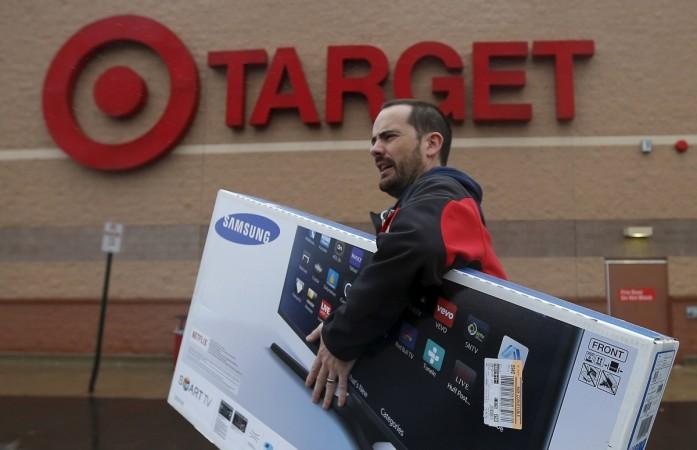
Target Corp said on Wednesday it will invest $2-$2.5 billion annually starting 2017, mainly to upgrade its supply chain and technology infrastructure, as it races to reduce stock shortages and pushes for online growth.
Target blamed its "incredibly complex supply chain" for unacceptable stock levels in 2015 that hurt sales growth at established stores. Now, among other initiatives, it is cutting the number of sizes and brands it stocks to address the problem.
Ramping up online sales growth and fixing the supply chain are priorities in the turnaround plan presented by Chief Executive Officer Brian Cornell in 2015 to revive the company after several years of sluggish growth.
In 2016, Target will invest $1.8 billion primarily towards similar improvements, after investing about $1 billion in upgrading its supply network and technology in 2015, the company said on Wednesday.
"We laid out a bold multi-year transformation agenda last March and we'll be laser focused on those initiatives in 2016," Cornell told a meeting of analysts in New York.
Since taking over in July 2014, Cornell has narrowed the retailer's focus to a handful of product categories where Target believed it has an edge on quality and price. He has pushed to revamp the retailer's grocery business with newer offerings, driven online growth and overhauled Target's archaic and complicated supply chain.
He has also outlined cost savings plans, cut thousands of jobs and pulled out of Canada.
His efforts have slowly started to pay off. Target's stock shortages were 40 percent lower during the holiday season compared to last year, the company reported a better-than-expected comparable sales growth and a 34 percent increase in online sales growth.
This year, Target will focus on improving sales online and on mobile, localise assortment in stores and open more smaller-format stores in urban markets, Cornell said.
Target will also drive grocery sales by focusing more on in-house products, add more organic good and improve the freshness of its grocery selection, he said.The retailer also plans to grow its comparable sales by 3 percent or more annually starting next year and expects a majority of that growth to come from its existing stores and -online operations.
For the current fiscal year ending January 2017, Target said it expected adjusted profit per share of between $5.20 to $5.40, compared with the market consensus for $5.16, according to Thomson Reuters I/B/E/S.
Total 2016 sales are expected to be 3-4 percent lower due to the sale of Target's pharmacy business but comparable sales during the year will grow 1.5-2.5 percent.
Target shares closed up 0.17 percent, at $81.10, after the company gave its outlook.
















